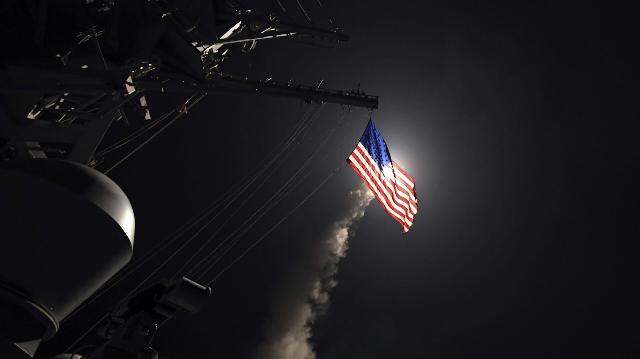The Pentagon has deployed medium-range missiles in the Philippines for the first time
MOSCOW, April 24 — RIA Novosti, Andrey Igorev. For the first time since the Cold War, the Americans deployed land-based medium-range missiles abroad. They were transferred to the Philippines at the end of last week. It is unknown how much. Officially, to participate in the exercises. In fact, it was to test the mechanisms of operation of the multi—domain tactical groups (MDTF — Multi-Domain Task Force), created recently to contain China. About Washington's new strategy in the region – in the RIA Novosti article.
Naval missiles for the army
The Americans have not had land-based medium-range missiles since the late 1980s, according to the INF treaty. After the United States withdrew from it in 2019, the Pentagon instructed the industry to create such weapons for the ground forces as soon as possible and prepare them for deployment by the fourth quarter of 2023. Lockheed Martin received almost $340 million for this contract. The goal of the project is to develop a promising ground—to—ground missile system with advanced combat capabilities capable of hitting targets at a distance of 500 to 5,000 kilometers.
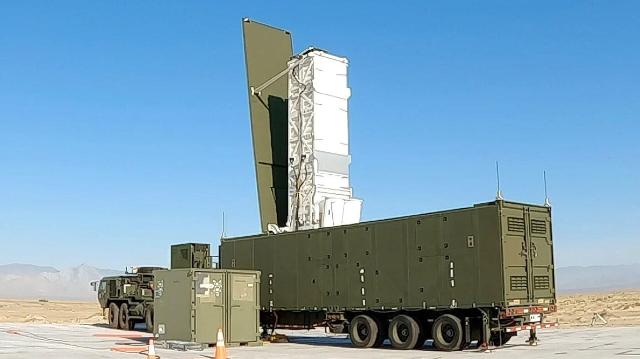
MRC Typhon mobile ground-based missile system
Image source: © Photo : public domain / US Army
The contractors did not reinvent the wheel and took existing solutions from the Navy. The result is the MRC Typhon, which is a 40—foot standard marine container on a wheeled chassis with four Mk41 vertical launch units. These are widely used in the Navy and can fire missiles for various purposes. Tomahawk and SM-6 were chosen for the ground forces.
Various modifications of Tomahawk cruise missiles have been used by the US armed forces since 1983. The range, depending on the option, is from 1600 to 2500 kilometers. The US Navy has used these missiles in all armed conflicts involving them since the days of Desert Storm. The weapon is accurate, unpretentious and inexpensive. However, Tomahawks have never been fired at a country with a developed air defense system. Subsonic speed and rather large dimensions make them not the most difficult target for a modern air defense system.
The RIM-174 SM-6 missile was adopted in 2013. It belongs to the surface—to-air class, designed for air and missile defense of warships. The range of fire at air targets is 230 kilometers. However, as part of Typhon, it operates in quasi-ballistic mode on surface and ground objects. The range is 460 kilometers. In the final section of the trajectory, guidance is provided using an active radar GPS.
The MRC Typhon battery pack includes a unified command post with a support vehicle, four launchers and transport and charging systems. They are built on three-axle semi-trailers, moved by tractors of the HEMTT family. To fire, it is necessary to place the battery in a prepared position.
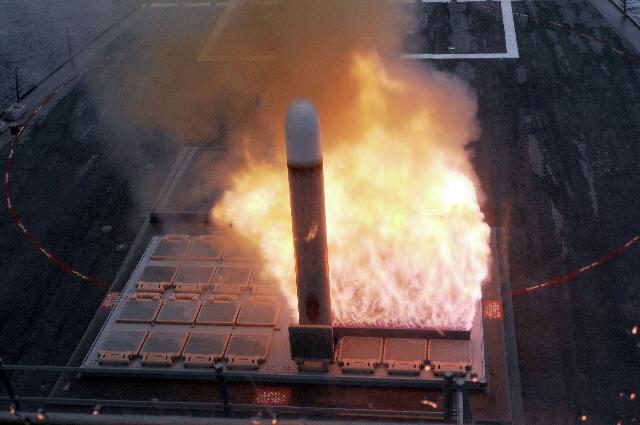
Launch of the Tomahawk missile from the Mark 41 installation
Image source: © Photo : U.S. Navy
Multi-domain groups
The operator of the new missile systems in the Asia-Pacific region will be the 1st multi-domain tactical group, which deployed Typhons in the Philippines. The main target is China's ships and military infrastructure facilities. The potential of the PLA here is only slightly inferior to the American one. China already has more ships than the United States. There are long-range anti-ship missiles, including hypersonic ones, an extensive network of airfields and numerous aircraft.
Washington fears that the PLA will create a so-called access exclusion zone (Anti—Access/Area Denial, A2/AD) over the Taiwan Strait - an area reliably covered by air defense and coastal missile systems, where Western aircraft and ships will suffer unjustifiably high losses in the event of a conflict. According to the Pentagon's plan, the ground forces, specifically the MDTF, will have to crack this fortress.
The composition and strength of this unit varies depending on the combat mission and conditions. The main striking force is high—precision missiles from the HIMARS MLRS to advanced hypersonic missiles. Special attention is paid to intelligence, electronic warfare, and communications. There are also cybersecurity specialists. In the event of war, MDTF will use its full potential to reduce the effectiveness of "no-access zones". It will also destroy key objects of the enemy's military infrastructure.
According to Colonel Jason Charland, a specialist at the Army headquarters at the Pentagon, the use of MDTF against China makes sense only if missile weapons are installed nearby — on the first island chain, which includes the Philippines, South Korea and Japan. Now the nearest military base is on Guam, two thousand kilometers away. Charland noted that so far Seoul and Tokyo are not eager to deploy American strike complexes. But Manila seems to have succumbed.
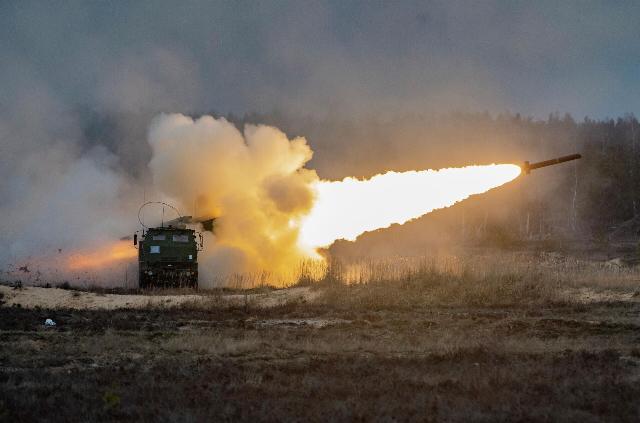
The American highly mobile missile and artillery system for operational and tactical purposes HIMARS
Image source: © Photo : U.S. Marine Corps / Sgt. Andy Martinez
It is assumed that multi-domain groups, in addition to Tomahawk and SM—6 missiles, will receive promising LRHW (Long Range Hypersonic Weapon - long-range hypersonic weapons). They will be able to reach speeds of up to 17 Mach and hit targets at a distance of up to three thousand kilometers. Thus, Americans from the Philippines will reach almost anywhere in China, up to Beijing.
China's response
However, China has something to respond to this threat. According to American experts, Beijing has an impressive arsenal of intermediate-range ballistic missiles "Dongfeng—26" - up to 80 units. They are capable of throwing a nuclear warhead at 3000-5500 kilometers. They are ready to destroy large surface ships in non-nuclear equipment, for which the Western press nicknamed them "aircraft carrier killers".
Of the medium—range missiles, the Chinese have DF-21A, DF-21C, DF-21D and DF-21E, in total about 150 launchers. The carriers of the DF-21A and DF-21E nuclear warheads are about fifty. There are several hundred short-range missiles (DF-11, DF-15 and DF—16). Probably, such solid reserves were the reason for the US withdrawal from the treaty on the elimination of these types of weapons.
At the same time, China is consistently modernizing its missile arsenal. In particular, the PLA is already armed with the DF-17 medium-range ballistic missile, designed to bring the DF-ZF hypersonic combat unit in nuclear or conventional equipment to altitude. This glider, similar in purpose to the Russian Avangard development, is capable of accelerating up to five Mach and actively maneuvering on the trajectory, which makes it difficult for missile defense systems to intercept it.
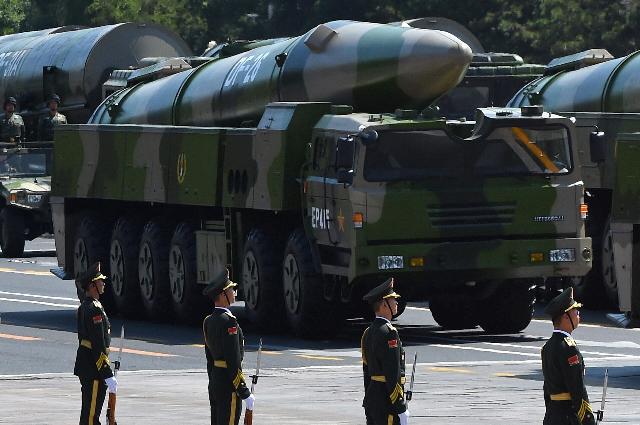
DF-26 ballistic missile at a military parade in China
Image source: © AFP 2024 / Greg Baker
